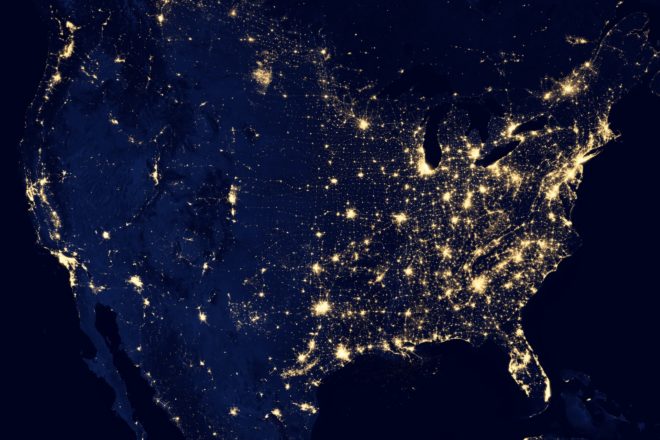Restaurant Same-Store Sales and Unemployment Data Arrives

Generally speaking, everyone knew the month of April would be terrible for the economy, but we now have the official numbers. U.S. employers cut 20.5 million jobs in April. The unemployment rate officially hit 14.7%. Same-store sales at restaurants dropped by 55% nationwide in April. “The worst of the sales decline is behind us, and we are now starting the long road towards recovery,” said the polling administrator. The loss of 20.5 million jobs in April is an order of magnitude greater than the loss of 870,000 job losses in March.
The majority of independent restaurateurs have added over $50,000 in new debt obligations as a result of COVID-19. Estimates for permanent closures of restaurants range widely from 20%, to 25%, and even as high as 40%. Large restaurant conglomerates have fared substantially better than independent operators, with some doubling in valuation since the trough of the crisis.
There were 500,000 independent restaurants employing 11 million workers in the U.S. before the pandemic. Most restaurateurs today have laid off the majority of these workers. According to a James Beard Foundation survey of approximately 1,400 restaurants, owners have laid off 91% of hourly workers and almost 70% of salaried employees. That poll’s math aligns with claims from the National Restaurant Association, which estimates the restaurant industry’s job losses at 8 million.
After weeks of sheltering in place, patrons are eager to return to restaurants. Some are even willing to travel across state lines. As reported by University of Maryland researchers, Georgia attracted an additional 62,440 out-of-state visitors per day within one week of Governor Brian Kemp allowing many of the state’s businesses to reopen on April 24.
Georgia’s 13% increase in out-of-state visitation during the final week of April proves that Americans are willing to travel to patronize dining establishments and regain a semblance of normalcy. “So excited to travel to Georgia!” said one Florida resident. “Barber shop, restaurant, and gym here I come!” Though the university researchers’ smartphone-based location data did not specify specific businesses that benefited from the visitors, restaurants were an obvious beneficiary. Georgia was the only state among its bordering neighbors to open dine-in restaurants, hair salons, bowling alleys, and movie theaters during the final week of April.
The U.S. Small Business Administration’s Paycheck Protection Program (PPP) has become a godsend for the restaurant industry. With total funds exceeding $650 billion, this forgivable loan converts into cash that restaurant owners do not have to repay as long as they comply with loan terms. According to the above cited James Beard Foundation, 80% of restaurateurs planned to apply for PPP. If 12% of PPP funds are granted to restaurants, this could total enough stimulus to entirely negate March and April’s $80 billion in lost restaurant revenue. Even an allocation of 6% would cover half of restaurateurs’ COVID-19-associated losses to date.
Although PPP and other CARES Act stimulus programs have helped dampen the restaurant industry’s losses to date, there is still a long road to recovery ahead. Bloomberg estimates a near 40% contraction in real GDP for the current quarter. “2020 as a whole is going to be a negative year,” according to Federal Reserve Bank of San Francisco President Mary Daly.
Although many restaurants are preparing to reopen, the majority still remain closed with furloughed staff. A state-by-state tracker is available from the New York Times. These cost reductions will help buttress the cash runway of small businesses. Many states are allowing dining room reopenings with 25% capacity limits, which is helping to boost optimism.

Thanks for your comment. Indeed, many restaurateurs have expressed the weaknesses of PPP insomuch as the loan forgiveness terms do not align with their largest fixed costs, namely rent. With 75% of funds required to be used for payroll, and a maximum allowable 25% reduction in headcount, the program certainly is not a godsend for many restaurateurs. I appreciate your comment. Many owners are lobbying for changes to PPP rules as we speak in Washington DC!
This article was startling. The PPP has not been a godsend for most restaurants unless they stayed open this entire year. The rules for forgiveness make it almost impossible to much if any restaurant relief. This is not an arcane fact – it’s well know. As a result I believe your article is completely misleading.